The ghost orchid, known scientifically as Dendrophylax lindenii, is one of the most enigmatic and sought-after flowers in the world. Its ethereal beauty and elusive nature have earned it a reputation as the "holy grail" of rare orchids. Found primarily in the swamps and humid forests of Florida and Cuba, this flower has no leaves and appears to float in mid-air, clinging to tree bark with its tangled roots. Its spectral white petals seem to glow in the dim light of its habitat, giving it an almost supernatural presence. For collectors and botanists alike, the ghost orchid represents not just a plant, but a legend.
The rarity of the ghost orchid is what makes it so valuable. Unlike other orchids that can be cultivated with relative ease, this species resists domestication. It thrives only in very specific conditions—high humidity, filtered sunlight, and the presence of a particular type of fungus that aids its growth. Even in the wild, sightings are rare, and successful pollination is even rarer. The ghost orchid relies on the giant sphinx moth for pollination, and the timing must be perfect. If the moth doesn’t visit at the exact moment the flower is ready, the orchid will not reproduce. This delicate balance between plant and pollinator adds to its mystique and scarcity.
In the world of horticulture, the ghost orchid has become a symbol of obsession. Wealthy collectors have been known to pay exorbitant sums for a single plant, though legal trade is nearly nonexistent due to strict conservation laws. The few specimens that have been legally sold at auction have fetched prices in the tens of thousands of dollars, earning it the title of "the world’s most expensive air flower." Its value isn’t just in its beauty, but in the sheer difficulty of obtaining and keeping it alive. Many who have tried to cultivate it outside its natural habitat have failed, watching helplessly as the delicate plant withers away.
The ghost orchid’s cultural significance extends beyond its monetary worth. Indigenous peoples of Florida, including the Seminole tribe, have long regarded it as a spiritual symbol. Some legends say the flower is a ghost of a maiden who died of heartbreak, forever searching for her lost love. Others believe it possesses healing properties, though such claims remain unverified by science. Modern conservationists see it as a flagship species for protecting endangered ecosystems, as its survival is tied to the health of the wetlands it calls home. The ghost orchid’s story is a reminder of nature’s fragility and the importance of preserving the wild places where such wonders still exist.
Despite its fame, the ghost orchid remains shrouded in mystery. Scientists are still uncovering its secrets, from the exact nature of its symbiotic relationships to the genetic traits that make it so unique. Photographers and filmmakers have risked treacherous conditions to capture its fleeting blooms, and each new image reignites public fascination. For now, the ghost orchid continues to drift through the shadows of the swamp, a fleeting vision of white against the dark bark of cypress trees. It is a flower that refuses to be tamed, a living testament to the wild and untamed beauty of the natural world.

By /May 21, 2025
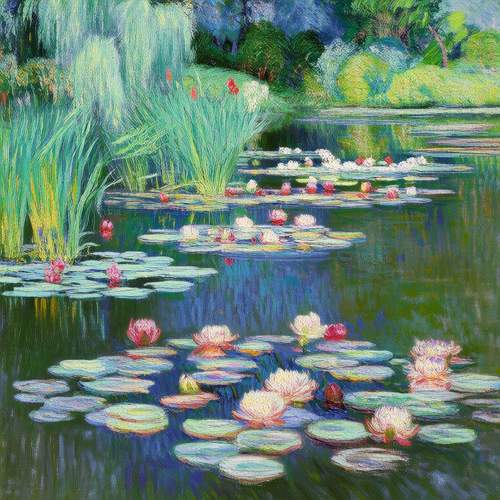
By /May 21, 2025
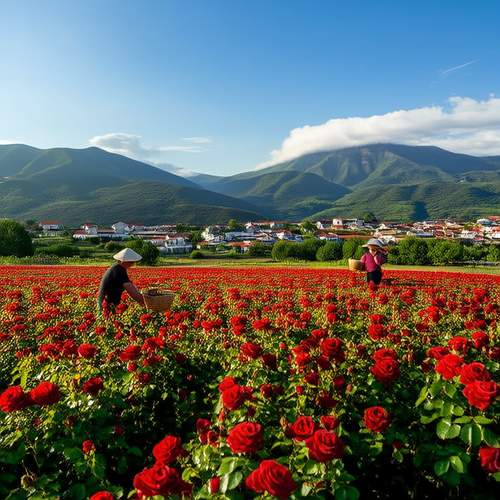
By /May 21, 2025
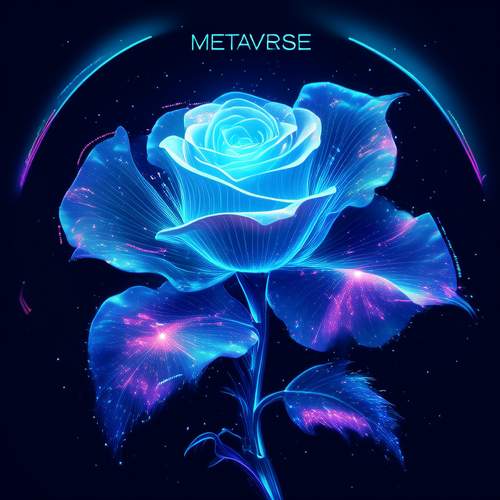
By /May 21, 2025

By /May 21, 2025
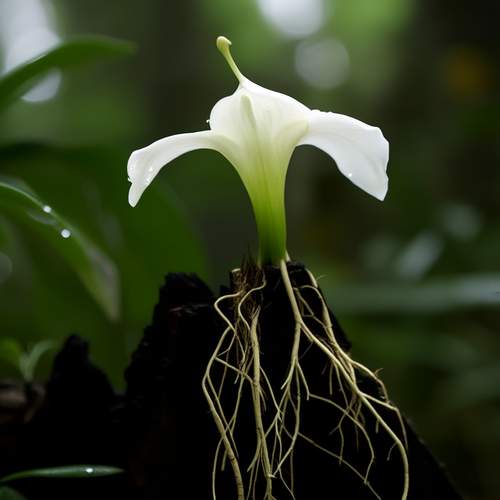
By /May 21, 2025
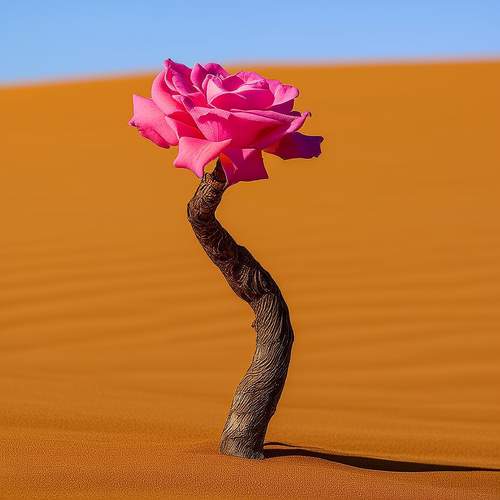
By /May 21, 2025
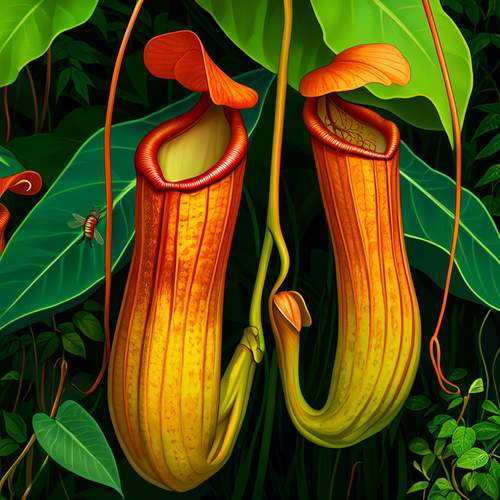
By /May 21, 2025
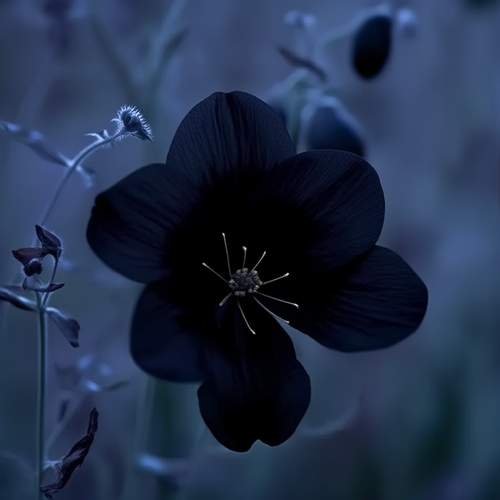
By /May 21, 2025
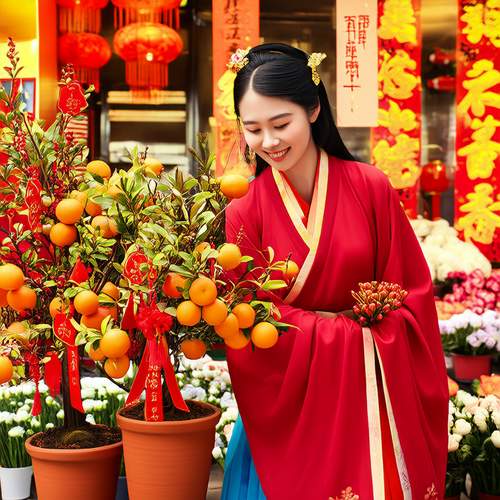
By /May 21, 2025
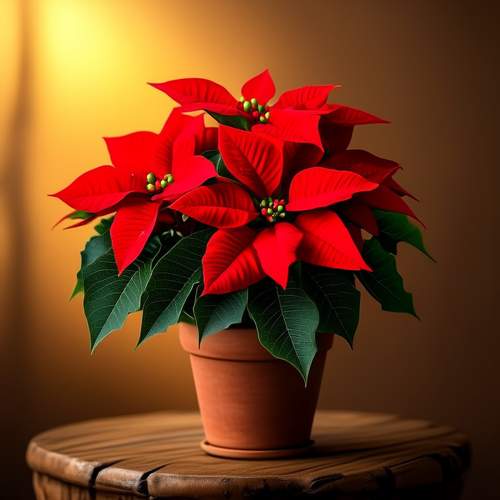
By /May 21, 2025

By /May 21, 2025

By /May 21, 2025

By /May 21, 2025

By /May 21, 2025

By /May 21, 2025

By /May 21, 2025

By /May 21, 2025
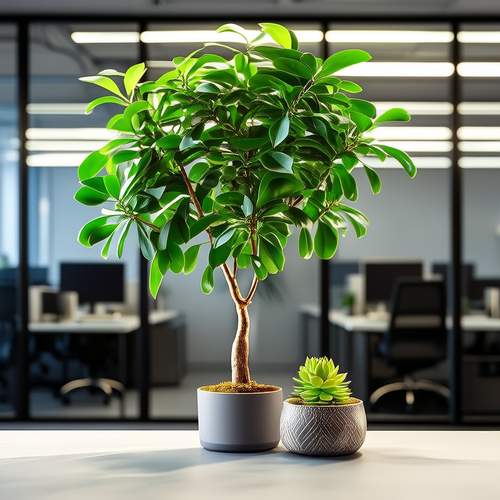
By /May 21, 2025

By /May 21, 2025